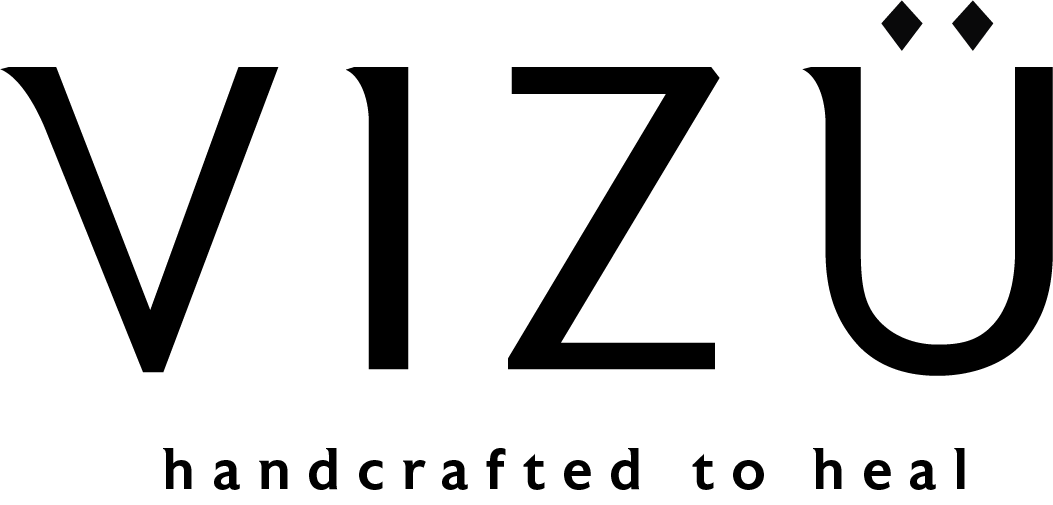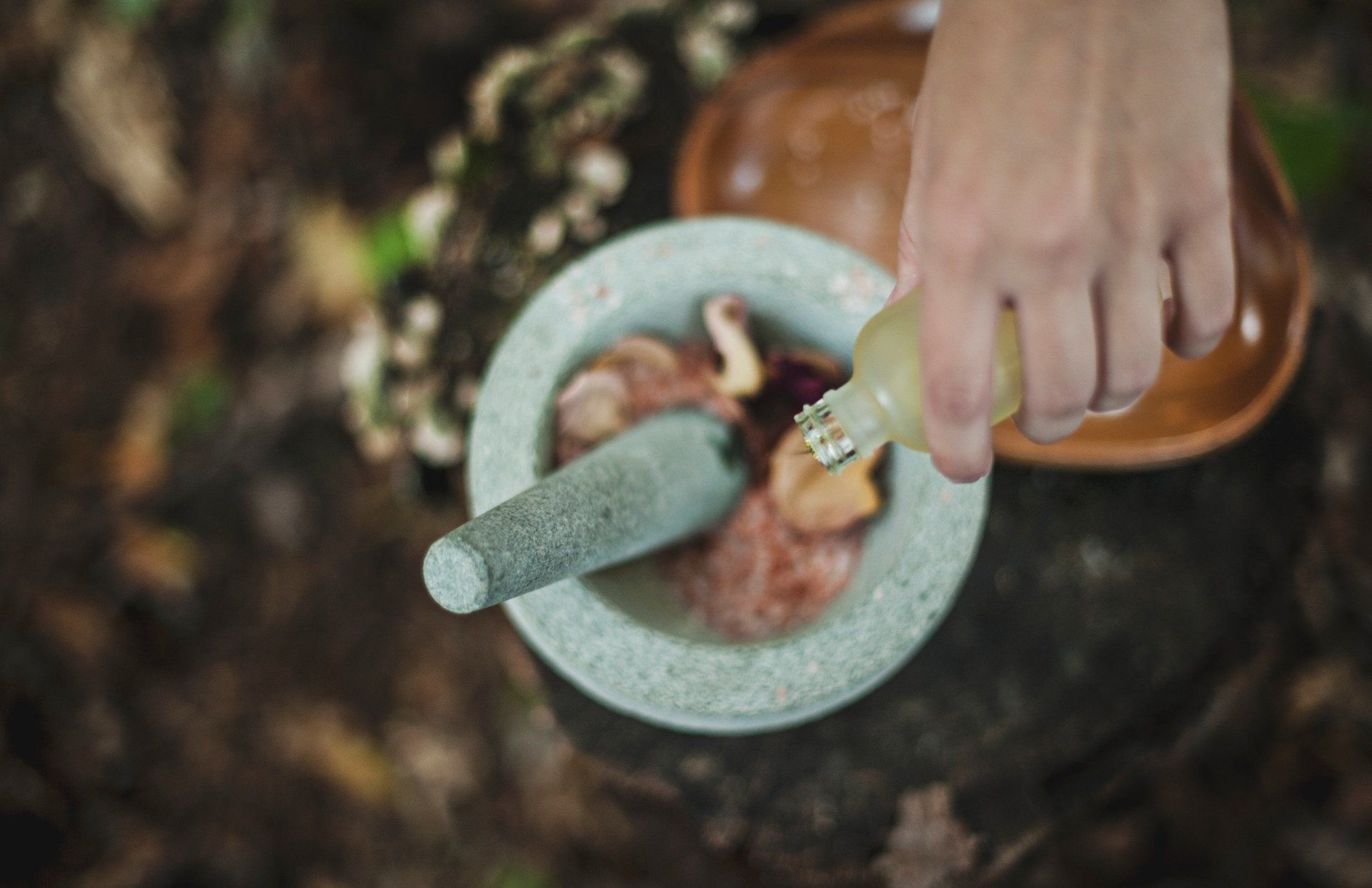Organic myrrh CO2 extract
10ml 54 sgd / 30ml 145 sgd
Botanical name: Commiphora myrrha
Origin: Somalia
Extraction: Supercritical fluid extraction (CO2 extraction)
Plant part : Resin
Scent: Rich, earthy, slightly spicy - medicinal aroma.
Aromatherapy: Helps with meditation, promotes restful sleep.
Skin/bodycare:Healing to skin and scalp, soothes inflamed tissues, improves oral health, helps with de-clotting blood, improves eczema.
Blends well with: Frankincense, Sandalwood, Benzoin, Oakmoss, Cypress, Juniper Berry, Sweet Orange, Geranium, Patchouli, Thyme, Mints, Lavender, Lavandin, Pine and spices.
Note: Myrrh CO2 extract will solidify back into its resin form when exposed to air. Please screw the cap back tightly after use.
Best before May 2022
Myrrh CO2 vs EO
Myrrh CO2 extract is different from the steam-distilled Myrrh ethereal oil. Both versions of Myrrh share many of the same therapeutic benefits. However, the two different extraction processes result in oils with different aroma, colour, and consistency. CO2 extracted oil contains unique heavy molecules that cannot be extracted by steam distillation. That is why Vizü decided to source for the highest quality CO2 extraction of Myrrh which is most often prized by herbalists and practitioners of traditional medicine.

